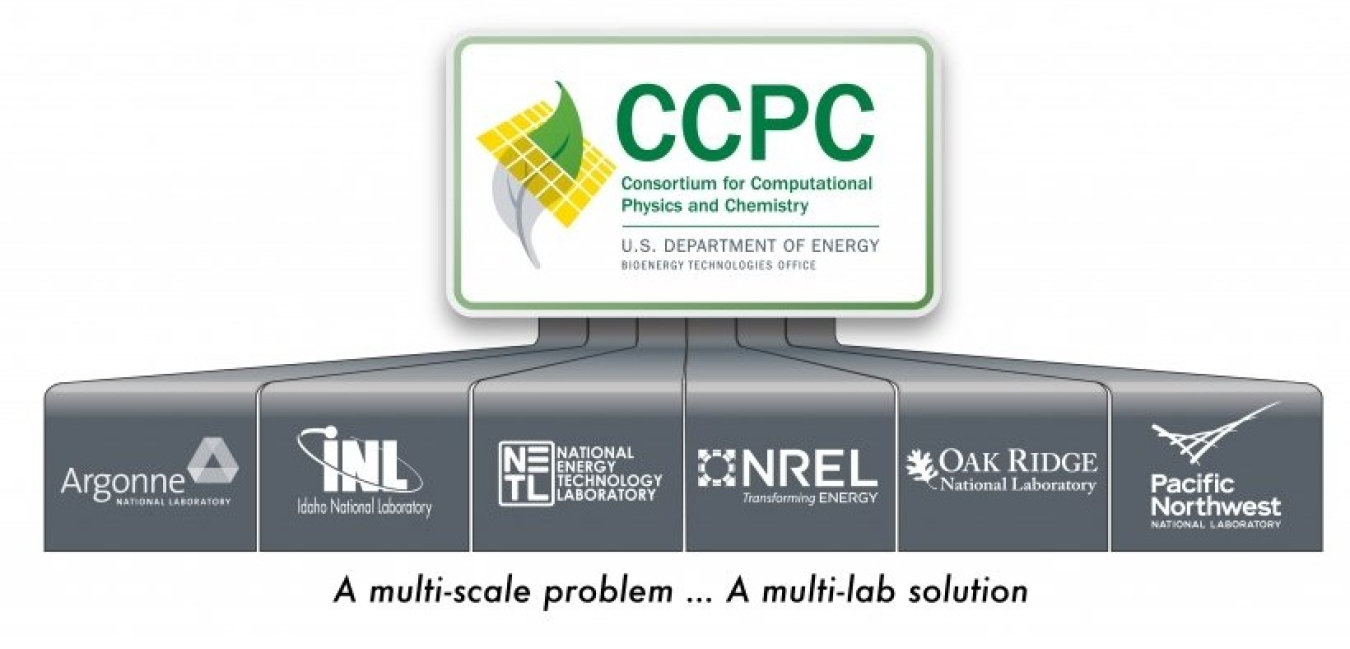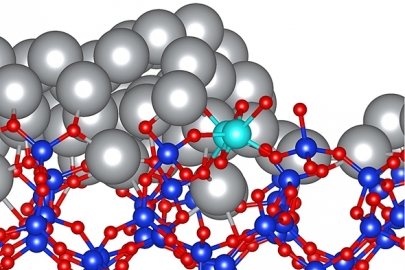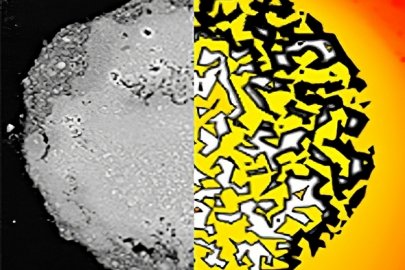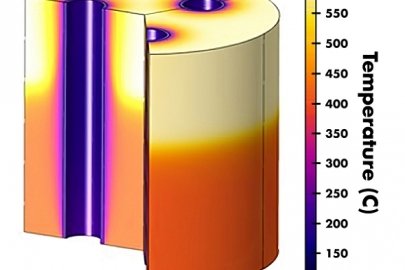The Consortium for Computational Physics and Chemistry (CCPC) enables and accelerates the research and development of bioenergy technologies through the application of computational science. Using fundamental science-based models, and high-performance computing, researchers can explore ideas and concepts that are challenging to implement and measure experimentally.
The CCPC constructs and utilizes computational models to discover new materials for bioenergy applications and assist in the cost-effective scale-up of bioenergy technologies to commercially relevant scales. The research is performed in close collaboration with experimentalists in the U.S. Department of Energy Bioenergy Technologies Office (BETO), and the combination of theoretical-based models and experimental approaches leads to a robust understanding of bioenergy technologies.

Multiple U.S. Department of Energy national laboratories work with CCPC to provide solutions to multi-scale bioenergy challenges. Image courtesy of CCPC.
A Multi-Scale Problem … A Multi-Lab Solution
The CCPC conducts computational simulations across multiple physical scales. The combined experience from scientists in the labs comprising the CCPC enable the multi-scale approach to address bioenergy challenges. Thus, a primary theme for the CCPC is “a multi-scale problem … a multi-lab solution.”
Modeling ranges from atomic scales where critical catalytic chemical conversion for fuel production occurs to reactor scales representative of commercial scale systems that can produce the large volumes of biofuels needed for U.S. energy security.
Mesoscale modeling activities focus on the middle-scale range where important mass and heat transfer phenomena occur for particles of biomass and catalysts. In addition to leveraging the combined computational science knowledge of multiple national labs, the CCPC leverages the U.S. Department of Energy's most advanced computers.
Leadership
The CCPC utilizes a technical liaison model to distribute computational leadership across the BETO program. Learn more about CCPC leadership.
Partners
The CCPC operates in close collaboration with other consortia and partners in the BETO program. Learn more about CCPC partners.
Publications
The CCPC publishes results in peer-reviewed scientific journals. Review a list of CCPC publications.
Contact
For more information, email CCPC principal investigator Jim Parks at parksjeii@ornl.gov.



